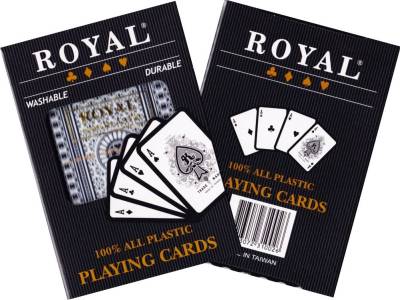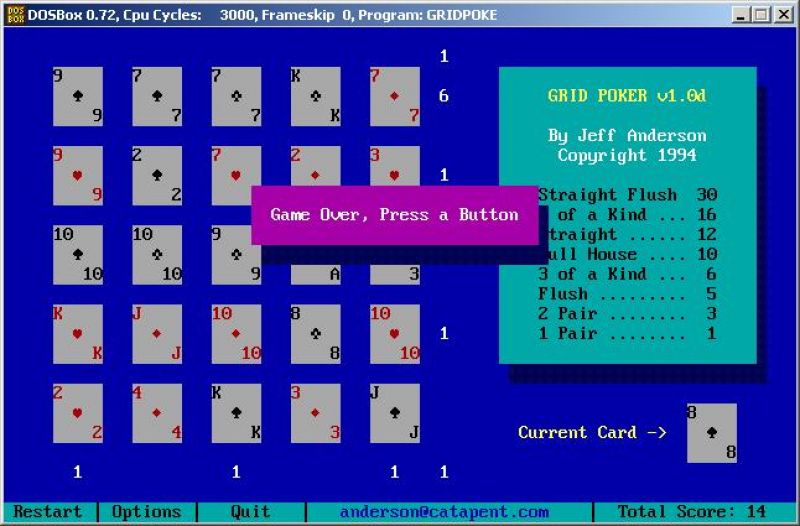
One pile is not looked at, and is the foot. House rules differ on the number of cards: some dictate the piles are 11 cards, others say 13. The decks are all shuffled together, and each player is dealt two piles of cards. For faster play, non-joker cards with proper card backs can also be mixed in in BGA this is represented as allowing more than two joker per deck. The number of decks used is typically one or two more than the number of players, with the jokers included. If teams have more than two players, they are seated so team members are equidistant from each other. Players are seated so that partners are opposite each other at the table.

The BGA version of the game supports from two to seven individual players, and up to 12 when playing in teams. The team with the highest score wins the game.Ī typical four-round game with four players takes about two hours to complete. Play can either be for a set number of rounds (typically 4), or until a team reaches a threshold score.

The objective of the game is to create melds of cards of the same rank, possibly with the inclusion of wild cards, which are either jokers or deuces. The game supports a number of variant playing rules, based on a diversity of published rule sets. It supports from 3 to 7 players playing as individuals, with team play possible for as many as 12. This is an implementation of the Canasta variant called Hand and Foot, in which players receive two sets of cards, played according to variations of standard Canasta rules, in which cards are played into melded sets.


 0 kommentar(er)
0 kommentar(er)
